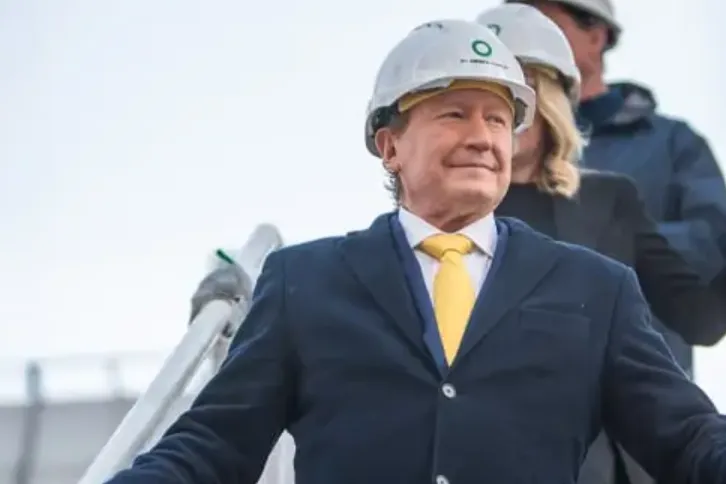Mining mogul plots 'subsidy free' rival Morocco-UK power link
Xlinks' proposed 4,000km subsea interconnector has stalled on CfD talks, but 'Twiggy' Forrest says his rival project can fly alone

Andrew “Twiggy” Forrest, the founder of Australian iron ore giant Fortescue, has held talks with UK energy secretary Ed Miliband over a proposed project to connect UK consumers with vast solar farms in Morocco, according to a media report.
The project is the second of its kind to land on Miliband's desk.
Backers of the rival Xlinks project have been lobbying the UK government for a negotiated Contract for Difference (CfD) that would also help drive construction of a subsea cable factory in the UK by sister company XLCC.
Forrest, a billionaire mining mogul who declares himself a convert to the cause of clean energy, told the newspaper he was not seeking any subsidised CfD, but wanted a deal that would commit the UK to buying electricity at market prices over a set period of time.
The project would be backed up by battery storage ensuring the proposed interconnector could provide dispatchable round-the-clock electricity with system stability.
“I really want to stress, this is not intermittent. It would be 24/7, baseload power, just like what I need to run my company," Forrest told the newspaper.
Fortescue has not provided details of the proposed route of its underwater cabling systems.
The rival Xlinks project would link 11.5GW of clean power generation, including wind, solar and batteries, in Morocco’s Saharan Tan-Tan region to the Devon coast via 4,000km of underwater HVDC cables capable of sending 3.6GW of power at any given moment.
Miliband has pledged to make renewable energy account for at least 95% of the electricity on the UK grid by 2030 and believes that bills can also be lowered if investments in renewables and grid infrastructure reach a critical mass.
His targets include increasing the capacity of interconnectors linked to the UK from 10GW currently to up to 14GW.
Spanish lesson
Multiplying interconnectors across and beyond Europe is seen as critical to grid stability as the continent becomes dependent on variable renewable sources of energy.
These concerns were highlighted two weeks ago when blackouts occurred in Spain and Portugal, two nations with a high penetration of renewables on their national grids.
But a series of suspected sabotage events that appear to involve Russian and Chinese "dark fleet" vessels have raised concerns about the level of security possible with long-distance HVDC subsea cables.
The UK government has also shown little sign of dishing out CfDs for such projects.